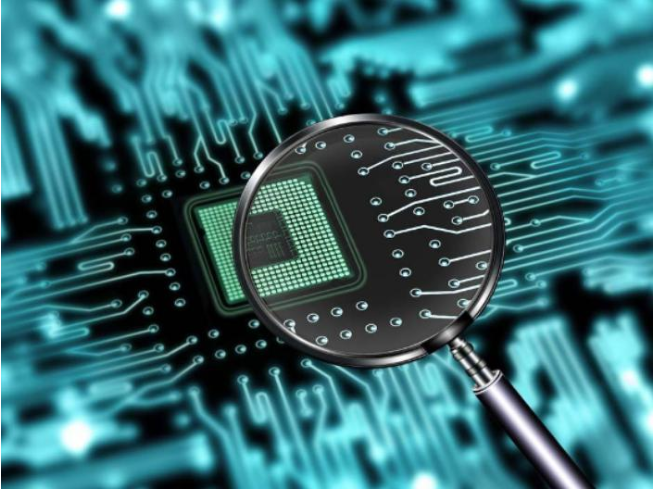Cleaning is one of the processes of PCBA electronic assembly. With the continuous improvement of assembly density and complexity, it has once again become the focus of the production of high-reliability products such as military and aerospace products, and has attracted more and more attention from the industry. In order to improve the reliability and quality of electronic products, the presence of PCBA residues must be strictly controlled, and these contaminants must be thoroughly removed when necessary. The article discusses the theory and practice of cleaning process systematically from the perspective of manufacturing and foundry.
Electronic products are assembled on a printed circuit board by various electronic components, and then combined into a complete machine. The most basic assembly process is printed circuit board assembly (PCBA for short) assembly (also known as electrical equipment).

The soldering (ie soldering) process in PCBA assembly is an important link that affects electrical performance and reliability. According to the analysis and statistics of PCBA electrical equipment quality problems provided by China Saibao Laboratory's Reliability Research and Analysis Center, corrosion and electromigration caused by short-circuit, open circuit and other post-use failure problems accounted for 4%, which is one of the major killers of product reliability.
In the past, people's understanding of cleaning was not enough, mainly because the PCBA assembly density of electronic products was not high. It was believed that the flux residue was non-conductive, benign, and would not affect the electrical performance.
Today's electronic assembly design tends to be miniaturized, smaller devices, smaller spacing, pins and pads are getting closer and closer, the gaps that exist are getting smaller and smaller, and pollutants may get stuck in the gaps. This means that if relatively small particles remain between the two pads, they may cause potential short-circuit defects.
In the past two years, the electronics assembly industry has become increasingly demanding for cleaning, not only for products, but also for environmental protection and human health, which has given birth to many cleaning equipment suppliers. With solution providers, cleaning has also become one of the main contents of technical exchanges and seminars in the electronics assembly industry.
What are the PCBA processing pollution
Contaminants are defined as any surface deposits, impurities, slag inclusions and adsorbed substances that reduce the chemical, physical or electrical properties of PCBA to unqualified levels. There are mainly the following aspects:
1. The pollution or oxidation of PCBA components, PCB itself, etc. will bring PCBA board surface pollution;
2. In the PCBA manufacturing process, solder paste, solder, solder wire, etc. are required for soldering. The flux will produce residues on the PCBA board surface during the soldering process, which is the main pollutant;
3. Hand marks will be produced during the manual soldering process. The wave soldering process will produce some wave soldering claw footprints and soldering tray (fixture) marks. There may also be different levels of other types of contaminants on the PCBA surface, such as blockages. Hole glue, residual glue of high temperature tape, handwriting and flying dust, etc.;
4. Pollution caused by dust, water and solvent vapor, smoke, small organic matter, and static electricity caused by charged particles attached to PCBA.
The above shows that the pollutants mainly come from the assembly process, especially the welding process.
During the soldering process, a thin oxide film will be produced when the metal is heated, which will hinder the infiltration of solder and affect the formation of solder joint alloys, which is prone to false soldering and false soldering. The flux has the function of deoxidizing, it can remove the oxide film of the pads and components to ensure the smooth progress of the soldering process. Therefore, flux is needed in the soldering process, and the flux plays a vital role in the formation of good solder joints during the soldering process, and sufficient plated through-hole filling rate plays a vital role.
The role of flux in soldering is to remove oxides on the soldering surface of the PCB board to make the metal surface reach the necessary cleanliness, destroy the surface tension of the molten tin, prevent the solder and soldering surface from re-oxidizing during soldering, increase its diffusion force, and help heat Pass to the welding zone. The main components of flux are organic acids, resins and other components. The high temperature and complex chemical reaction process changed the structure of the flux residue. Residues are often polymers, halides, and metal salts produced by the reaction with tin-lead. They have strong adsorption properties, but have very poor solubility and are more difficult to clean.